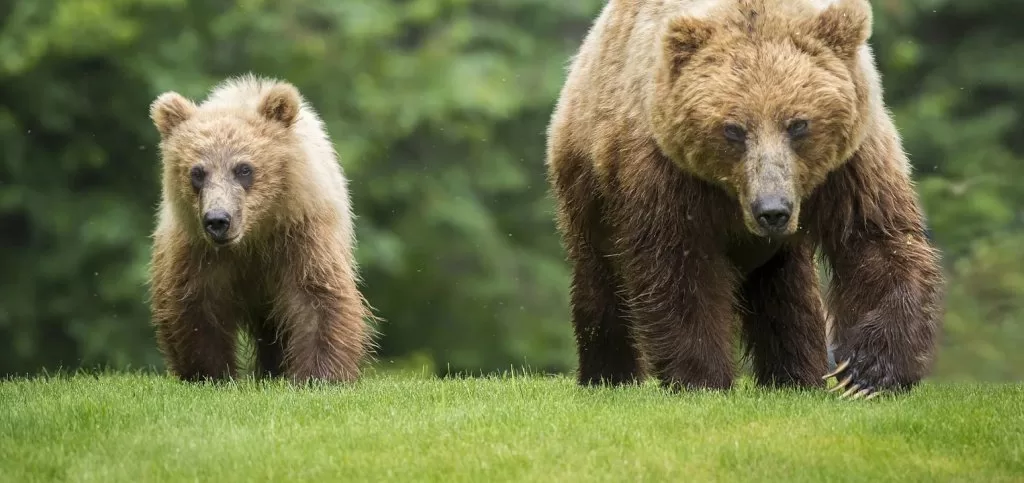- Region: Asturias.
- Park surface area: 37,700 hectares.
- Declared a Natural Park: 1996.
- Declared a UNESCO Biosphere Reserve; 2001.
- Site of Community Importance.
- Special Protection Area for Birds (ZEPA).
- Towns and villages in the area: Caso, Sobrescobio.
Points of interest
The Redes Natural Park is mostly covered by large wooded areas, among which its endless beech forests are striking. It is located in the eastern / central area of Asturias. At high altitude there is evidence of glacial erosion that occurred during the Pleistocene period. This glacier modeling allows you to see wide glacial cirques and valleys.
This is an impressive karst landscape with many chasms and sinkholes and there are also high moorlands, pastures and also chestnut plantations. Redes Natural Park is home to all the characteristic species of the north of the peninsula such as the brown bear, capercaillie and Iberian wolf as well as the largest populations of chamois and deer in Asturias.
Fantastic promo video by Turismo Asturias about the Redes natural park
One of the most visited places in the park is the plain of Brañagallones. here you can find the typical braña vaqueira (mountain shelter for farmers and animals) where there is now a mountain refuge for hikers.
I’ve been living in this lovely area of Western Andalucia for the last 20 years or so and dedicate most of my time to the running of English language tourist information websites for the towns of Cádiz, Ronda, Grazalema, the famous or infamous Caminito del Rey, and also Wildside Holidays, which promotes sustainable and eco-friendly businesses running wildlife and walking holidays in Spain. My articles contain affiliate links that will help you reserve a hotel, bus, train or activity in the area. You don’t pay more, but by using them you do support this website. Thankyou!



